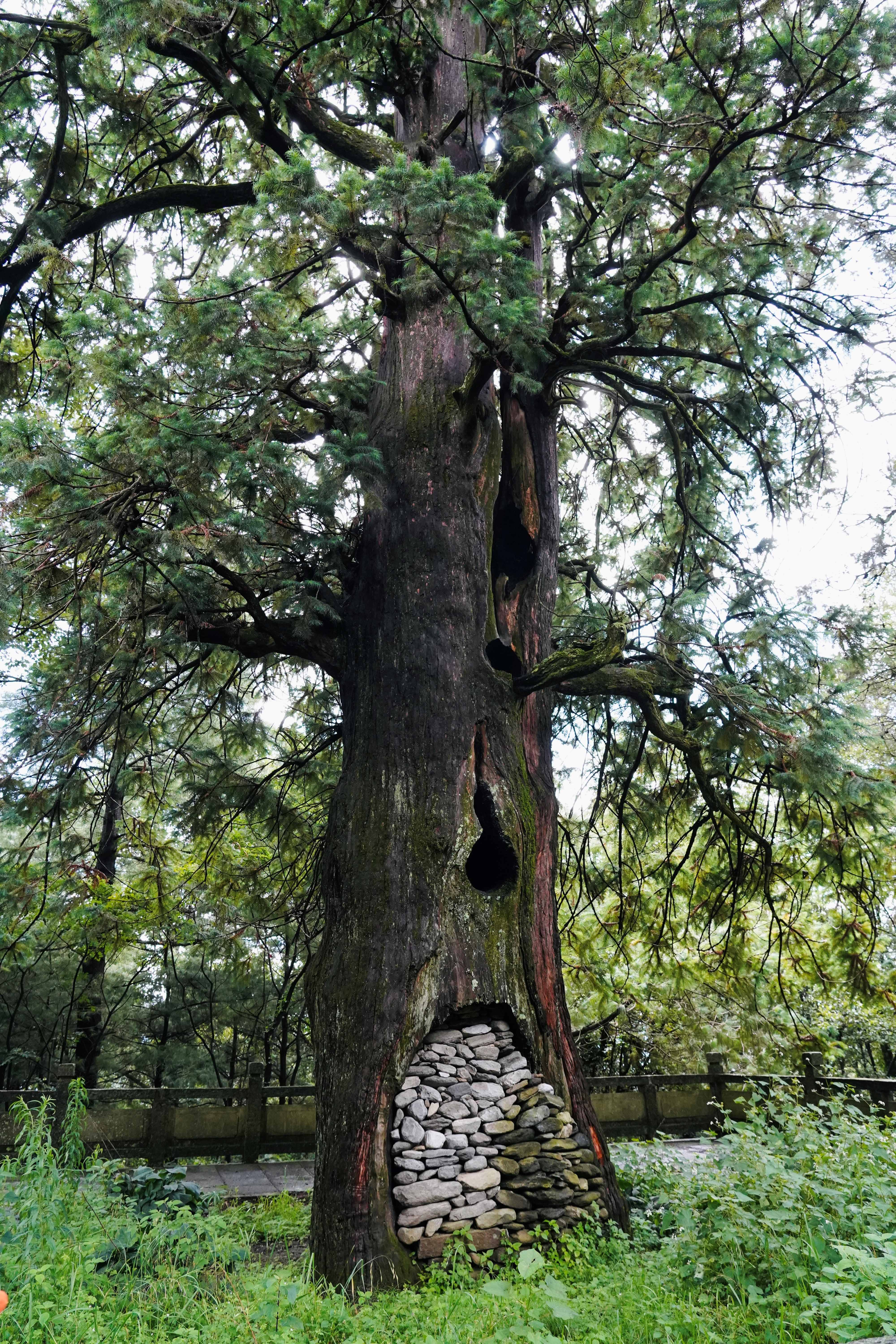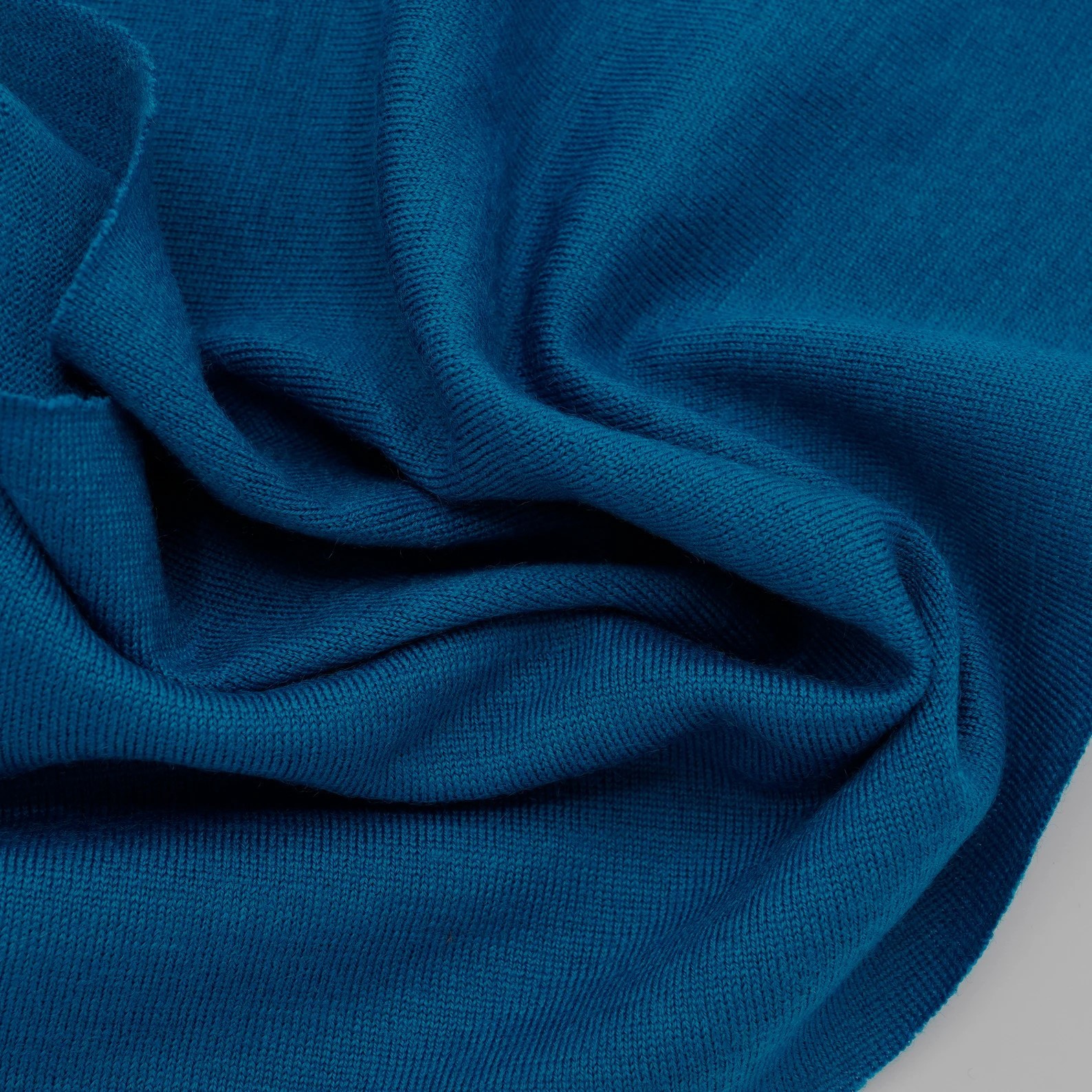 Esperanto
Esperanto
 Shqiptare
Shqiptare
 Euskara
Euskara
 Zulu
Zulu
 Latinus
Latinus
 Cymraeg
Cymraeg
 தமிழ்
தமிழ்
 Slovak
Slovak
 Slovak
Slovak
 Afrikaans
Afrikaans
What is environmentally friendly fabric?
Release time:
2024-03-28
Source:
Environmentally friendly fabric refers to the fabric designed based on the idea of environmental protection design by using Renewable resource and reducing waste. It is considered to be a cleaner and more reliable energy-saving technology, which can reduce the amount of environmental pollution and shedding.
Firstly, environmentally friendly fabrics can be made from natural and renewable materials. It mainly uses environmentally friendly cotton, wood pulp fiber, nylon, eucalyptus, Neoprene and other natural renewable materials. In this way, environmentally friendly fabrics can protect the environment. If most of the synthetic fabrics produced from waste materials on the market are used, it will increase the accumulation of garbage and damage the environment, while environmentally friendly fabrics can save resources and protect the environment as much as possible.
2. Secondly, environment-friendly fabrics are made from Renewable resource with high safety, which can reduce the amount of environmental pollution and shedding. For example, eco-friendly cotton, which is an organic fiber without chemical components, was found to be produced from non genetically modified cotton (certified by Eco-TEX from Belgium) when traced by Tempica (from Austria), and has characteristics such as softness, breathability, and antibacterial properties. And it also has an advantage that it can have a sticky surface, bonding silk and other surface fabrics together, which can reduce the possibility of burns.
In addition, eco-friendly fabrics can also maintain softness, making the fabric feel more natural. If environmentally friendly cotton fabric is used, it can remain soft and smooth, safer for the skin, and less prone to wrinkles. Compared to regular cotton, eco-friendly cotton fabrics have a more elastic structure and do not harden.
Finally, a significant feature of eco-friendly fabrics is their durability. The recycled fiber material of eco-friendly cotton has stronger durability compared to ordinary cotton fabrics. For example, some fiber materials are three times more wear-resistant, have higher temperature resistance, are not afraid of fading, can resist the oxidation of ozone, can be repeatedly washed, do not produce harmful substances, and are not prone to falling debris, which will save resources and extend the service life of clothing.
Related News
2025-08-21 19:00
Why Nylon Wool Fabric is the Future of Sustainable Apparel
Why Nylon Wool Fabric is the Future of Sustainable Apparel Table of Contents 1. Introduction to Sustainable Apparel and Its Importance 2. Understanding Nylon Wool Fabric: A Comprehensive Overview 3. Environmental Benefits of Nylon Wool Fabric 3.1 Reduced Resource Consumption 3.2 Lower Carbon Footprint 4. Durability and Longevity: A Wise Investment 5. Versatility in Fashion Design 6. The Growing Po
2025-08-11 18:40
The Versatility and Benefits of Wool Fabric in Textile Industry
Wool fabric, derived from the fleece of sheep, is renowned for its unique properties that make it a highly sought-after material in the textile industry. Unlike synthetic fibers, wool is a natural fiber that possesses a range of advantages, contributing to its enduring popularity among designers and manufacturers. One of the most significant attributes of wool fabric is its excellent thermal regul





